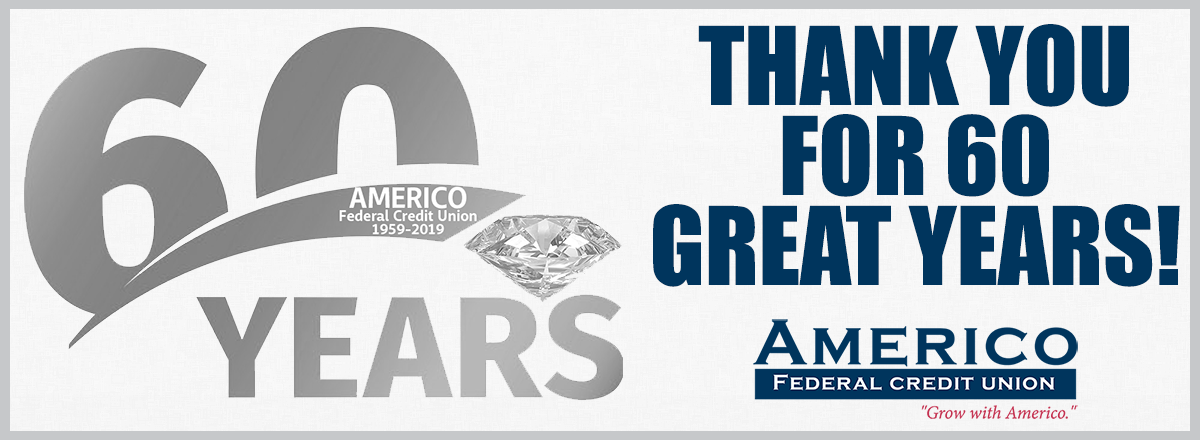
There’s also a risk in choosing a term that’s too short. Choosing a longer term may mean that you miss out on rising rates. Since rates are still rising, he recommends CD terms between 18 months and two years. As the Federal Reserve continues to raise the federal funds rate, CD rates are also impacted, says Moore. One-year CDs are a safe bet compared to longer terms. The return you earn on a CD today will depend on the term you choose. With a CD ladder, can spread your deposit among several CDs with varying terms so you can maintain liquidity and take advantage of rising rates.

This is a good strategy too if you’re thinking about building a CD ladder in a rising rate environment. “If you are thinking about longer-term CDs because of the higher rates, look at CDs that are penalty-free or have smaller withdrawal penalties so you’re not losing too many months of interest,” says Bhargav. With a one-year CD, for instance, you can still get a solid rate, but you’ll maintain more liquidity compared to locking your money away for years so you don’t miss out on a bigger return as rates continue to increase. On the other hand, when rates are dropping, locking in a long-term rate early can be a good strategy to withstand a low-rate environment. As rates continue to rise, that same five-year CD may be paying a 5% APY in six months, but since your money is already locked in the CD with the lower rate, you may not be able to take advantage of the higher APY later on. In other words, say you lock in a five-year CD at 3% today. “Longer maturity CDs do have a higher interest rate, but if you go for a longer maturity in the environment that we’re in, you could possibly be locked in at a lower rate,” says Sweta Bhargav, a certified financial planner and principal financial advisor for Adviso Wealth, a financial planning and investment firm in Philadelphia. In today’s rising rate environment, some experts recommend shorter-term CDs. You can choose CDs with terms varying as widely as one month to five years. The CD term that’s best for you depends on your financial goals, says Cory Moore, certified financial planner and founder of Moore Financial Planning. Which Term Length Should I Choose for a CD Rate? Bread Savings (formerly Comenity Direct): 3.35%.Bread Savings (formerly Comenity Direct): 3.25%.Bread Savings (formerly Comenity Direct): 2.50%.If you’re looking for a CD today, here are a few of the top APYs by term available this week: 1-Year CD Some banks offer much higher rates than these averages. Despite low national averages, you’ll find more rates aligned with the NextAdvisor average when comparing CD rates among different banks.

Finally, we calculate the current average rate of each bank on our list of best CD rates. Second, we use Bankrate’s national index of deposit accounts, based on a weekly survey (like NextAdvisor, Bankrate is owned by Red Ventures). First, we consider the national deposit rates from the Federal Deposit Insurance Corporation (FDIC). We compare three different averages in our average CD rate analysis. How NextAdvisor Determines These Average Rates Here’s a breakdown of today’s average one-, three-, and five-year CD rates: What Is the Average CD Rate Right Now?Īverage CD rates have been steadily rising since the Federal Reserve started raising rates earlier this year. Here’s an overview of today’s average CD rates, what to know when comparing rates and terms, and how a CD can fit into your savings strategy. As a result, average CD rates are increasing across the board. Ongoing federal rates hikes mean rates on certificates of deposit and other bank accounts are moving upward, too - continuing a trend we’ve seen over the past several months.Īs a result of the Fed raising rates - and with more rate increases expected to come, according to the Federal Reserve - experts say rates on CDs will keep rising alongside. “This tells us that the Fed is willing to take extremely aggressive measures to cool inflation.” “Right on the heels of the massive June rate hike, the Fed raised rates an additional 75 basis points just one month later,” says Ayesha Selden, a certified financial planner and franchise owner of Ameriprise Financial Services Inc.

And then the Fed followed by raising rates by the same amount again this month. The Fed’s last increase in June raised rates by 75 basis points, the largest single rate hike in nearly 30 years. The Federal Reserve increased its target federal funds rate last week for the fourth time this year.

For more information, see How We Make Money.ĬDs are surging in popularity, as the interest rates you can earn with them are getting better, too. Some links on this page - clearly marked - may take you to a partner website and may result in us earning a referral commission. We want to help you make more informed decisions.


 0 kommentar(er)
0 kommentar(er)
